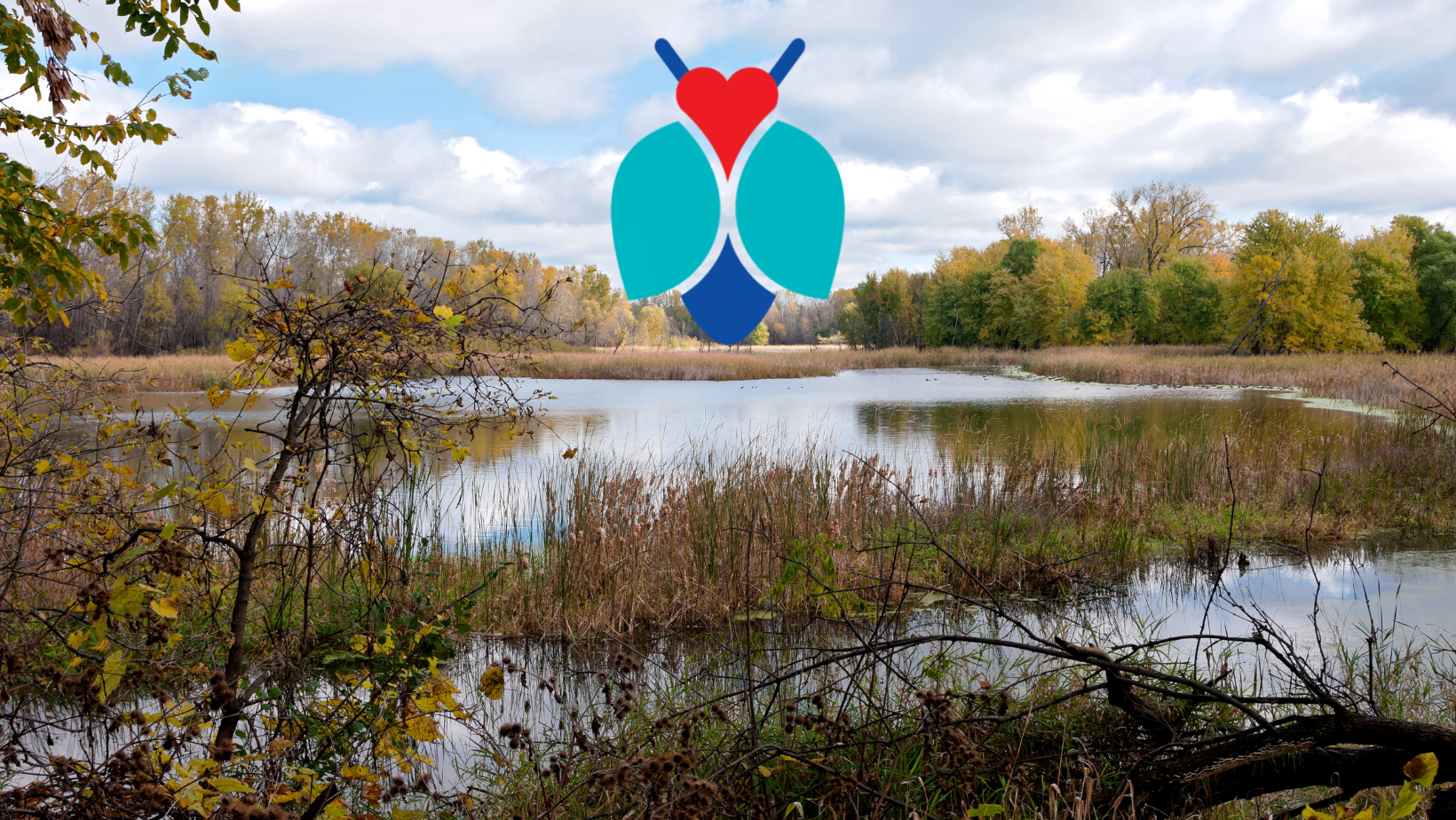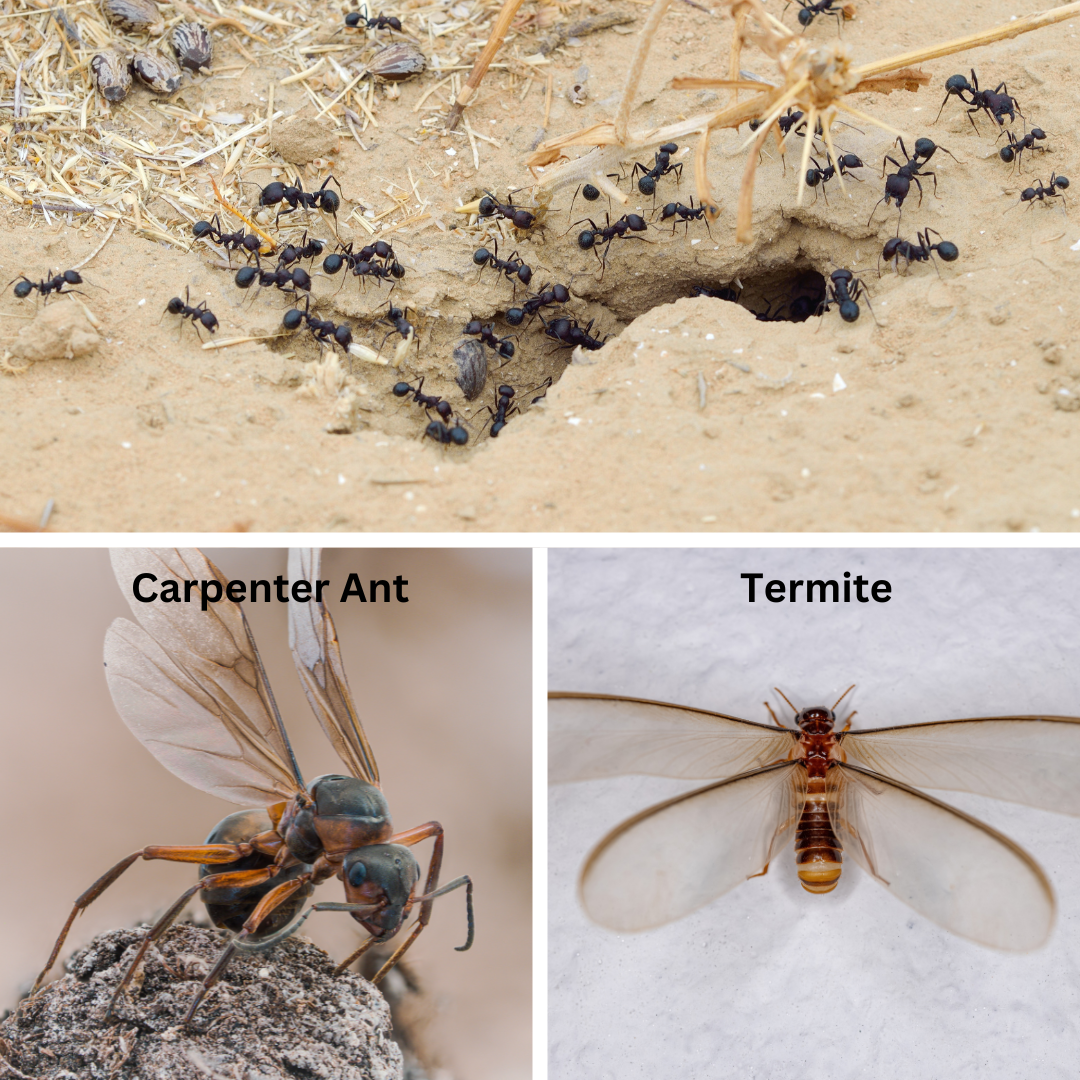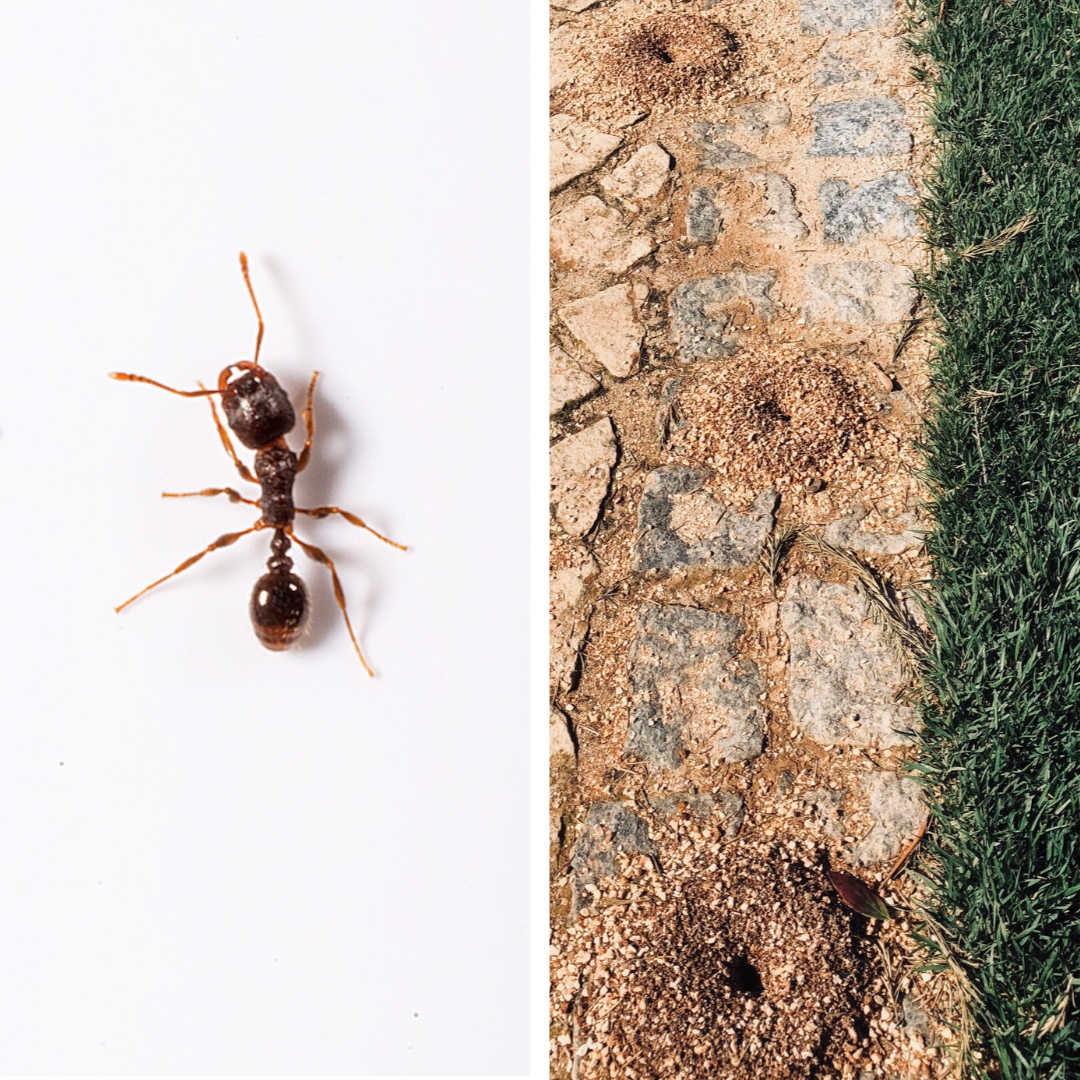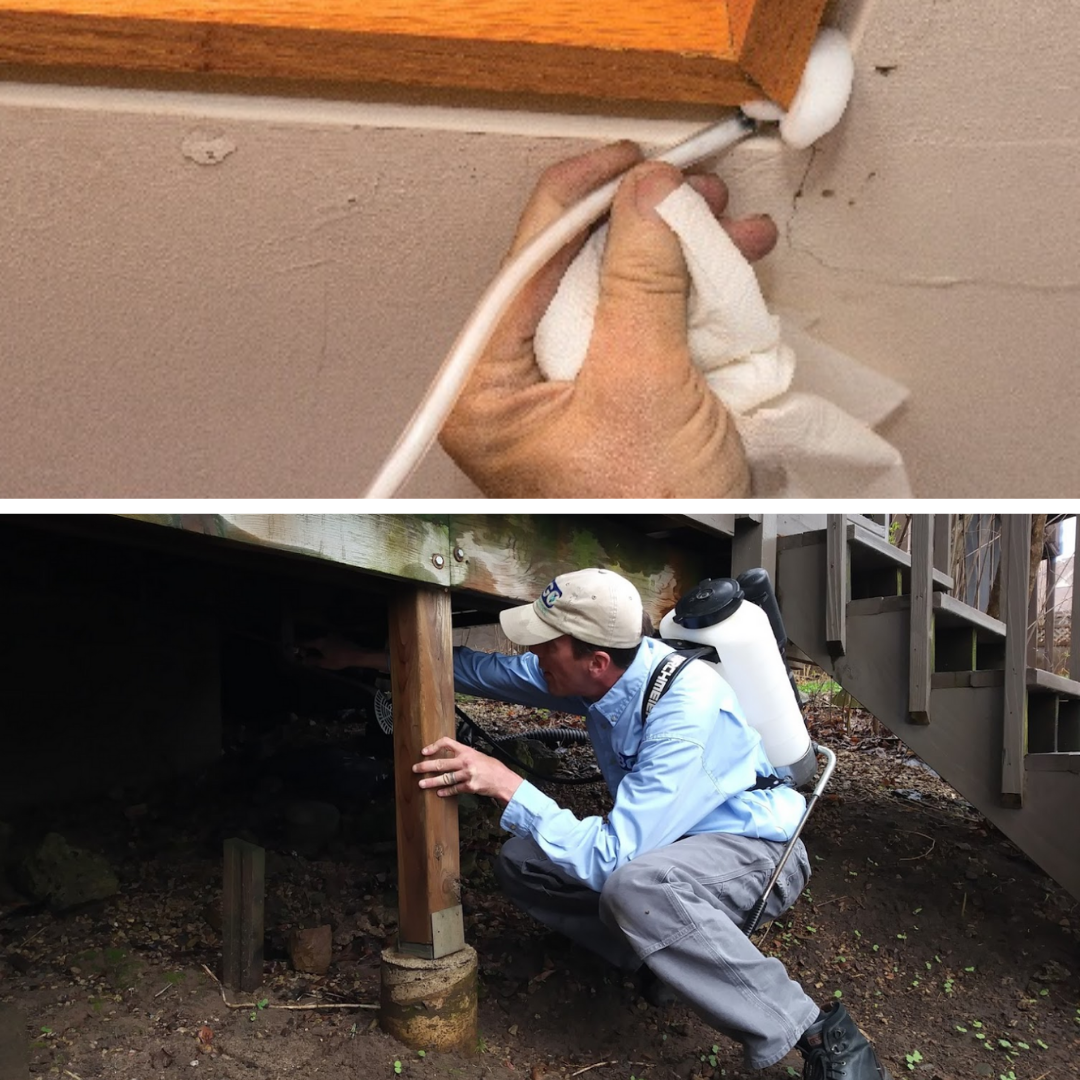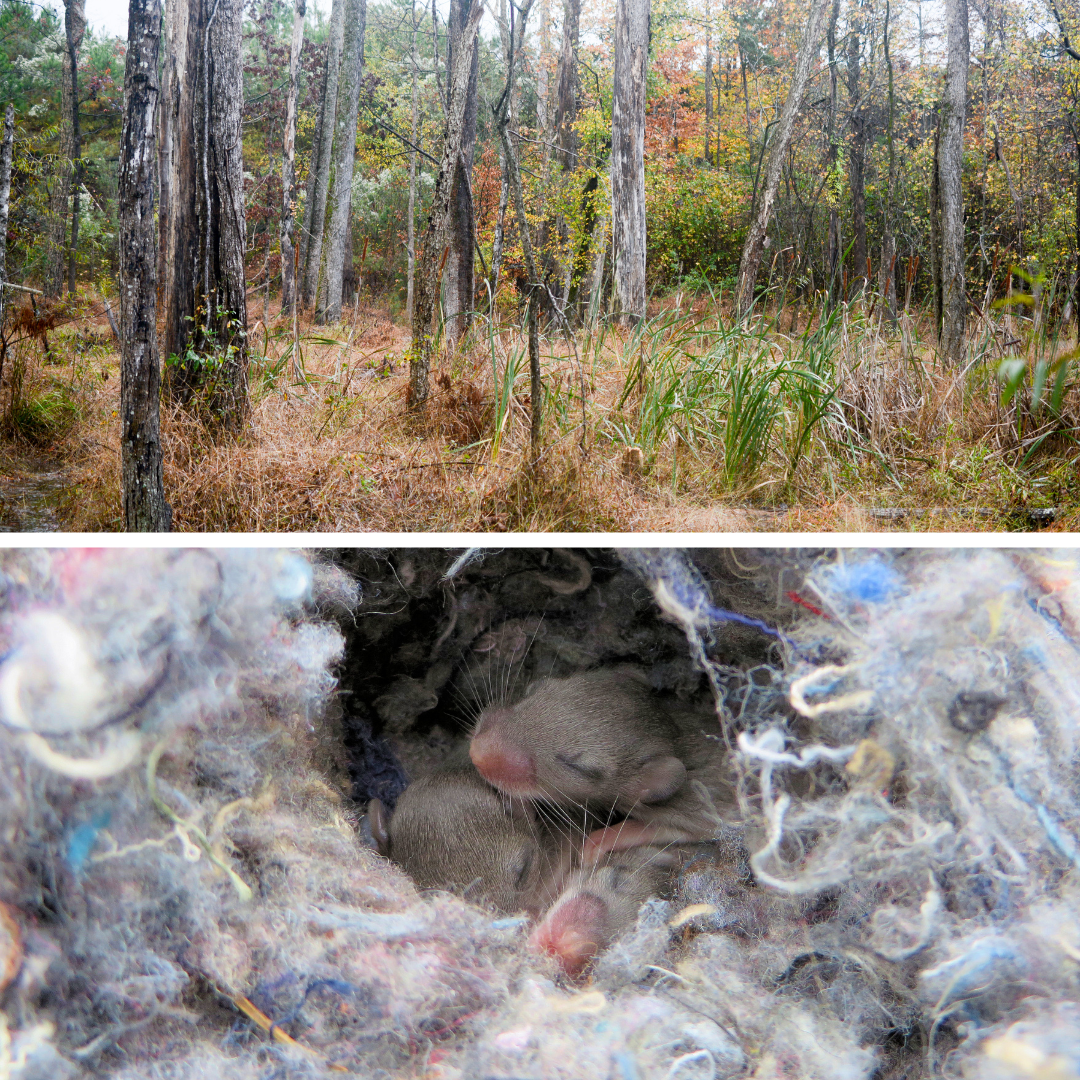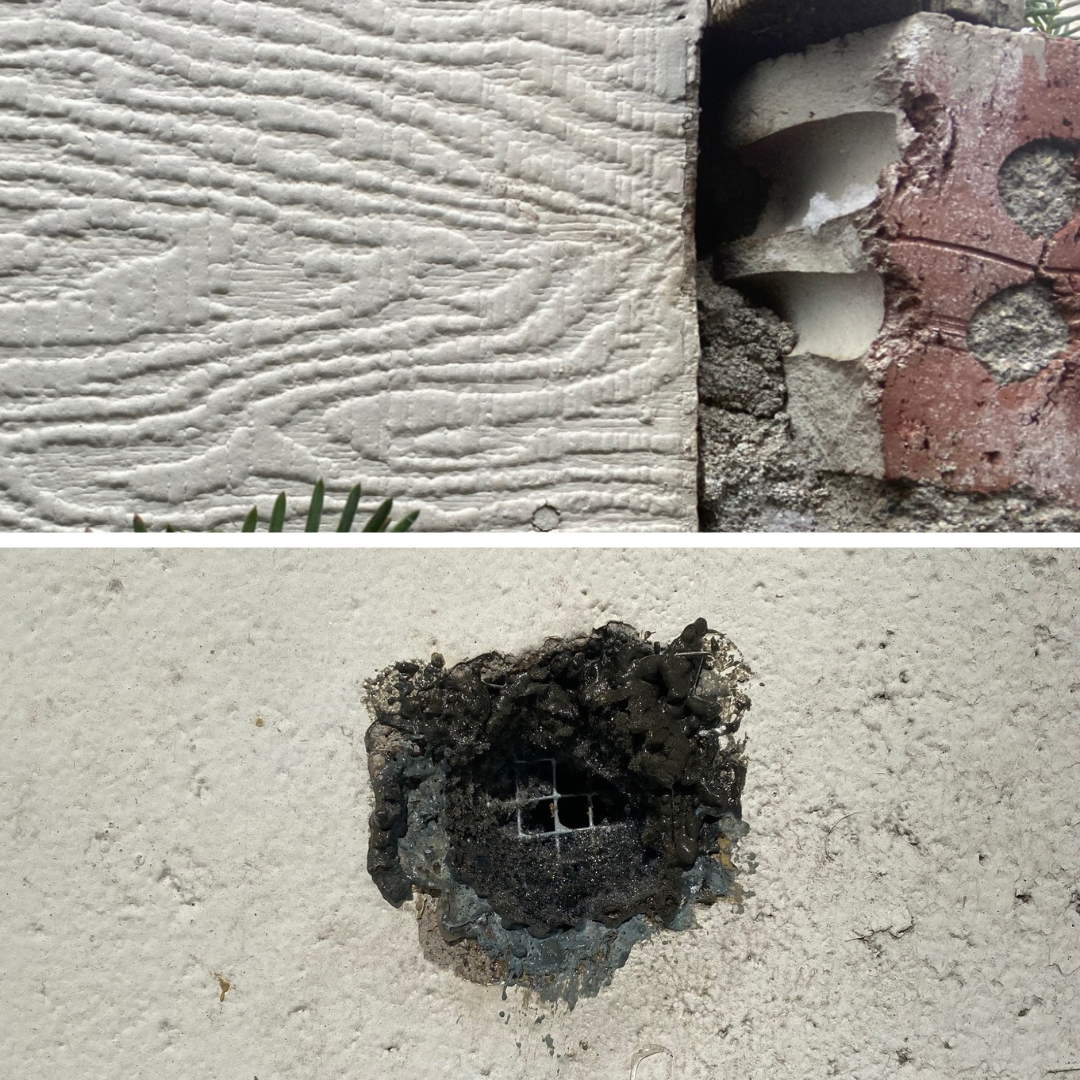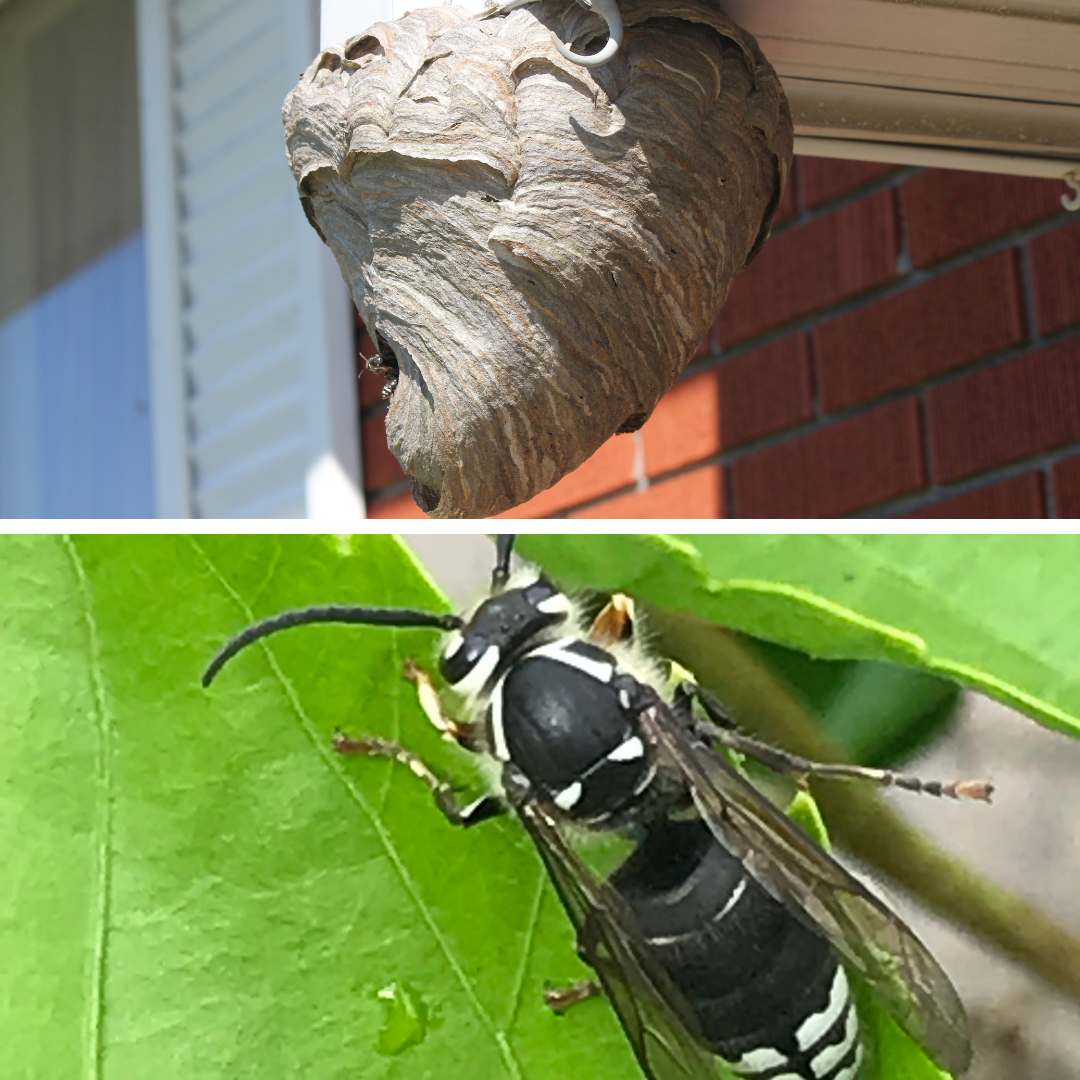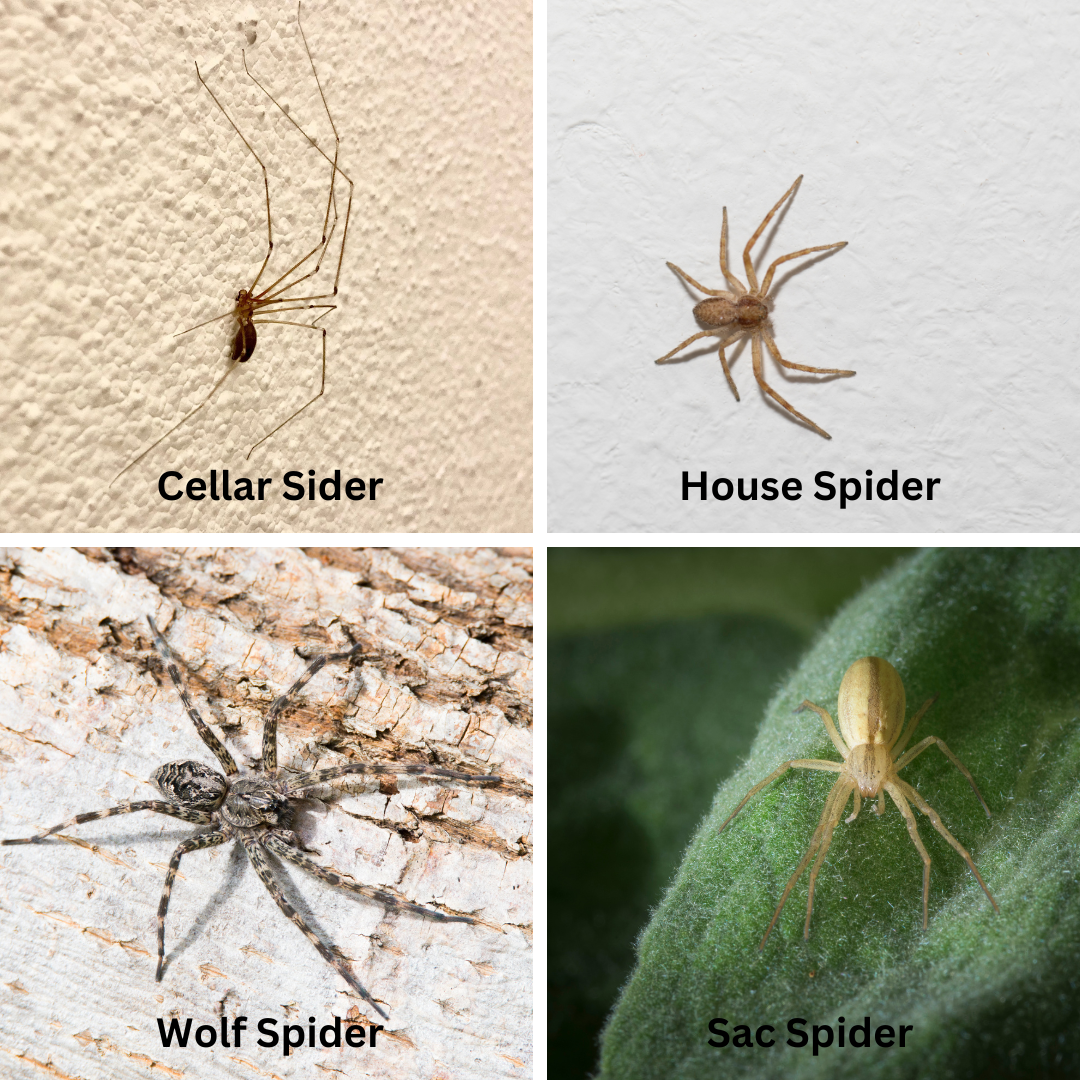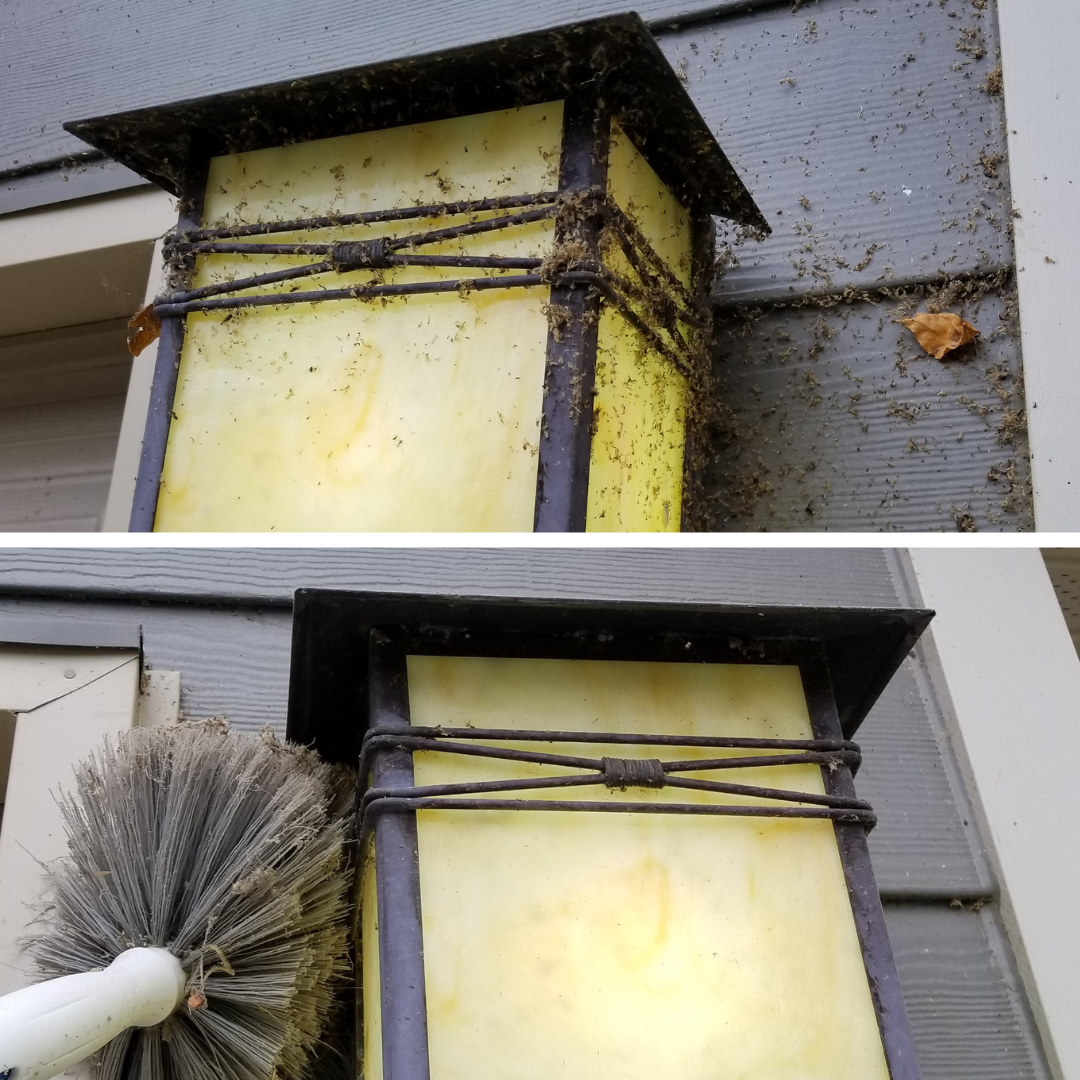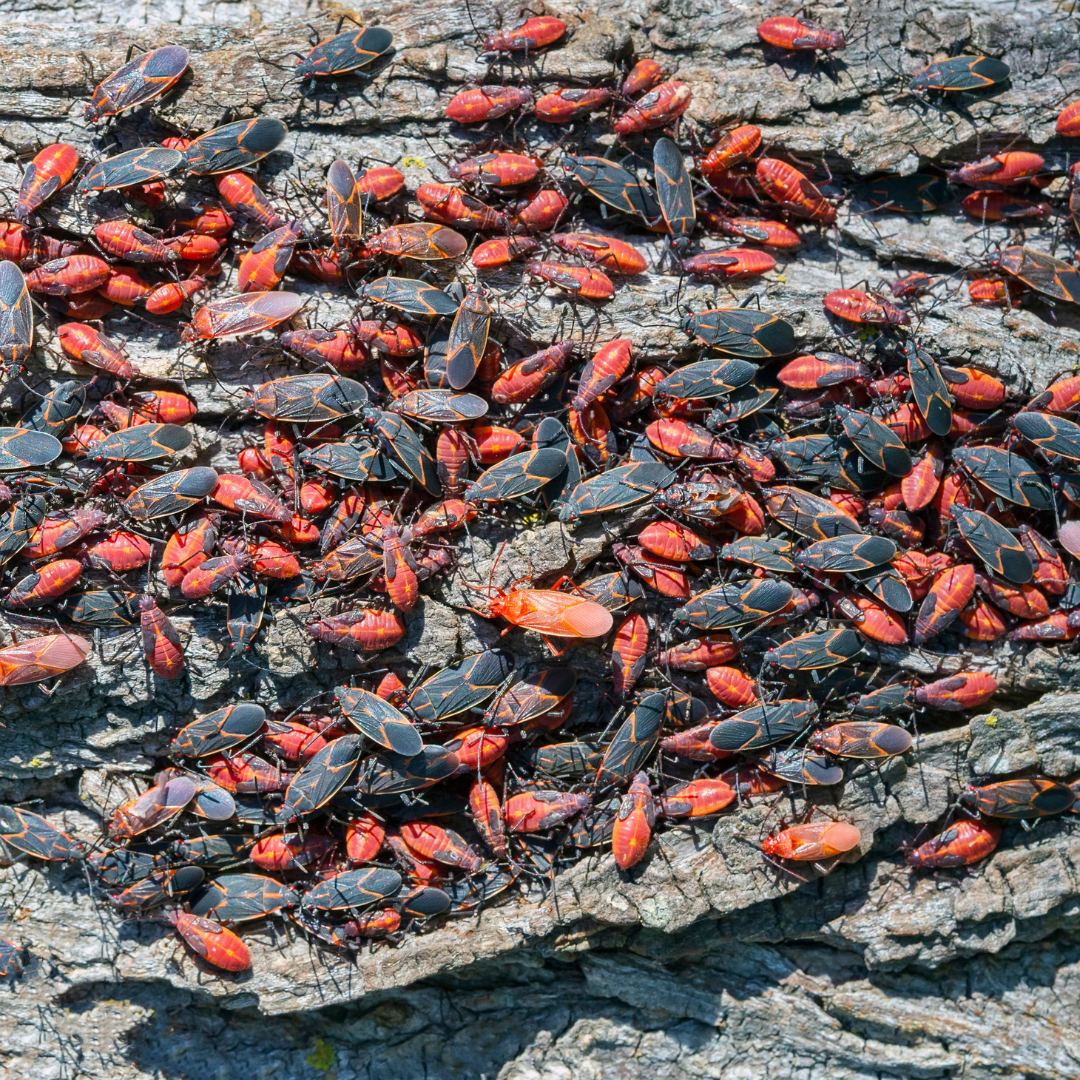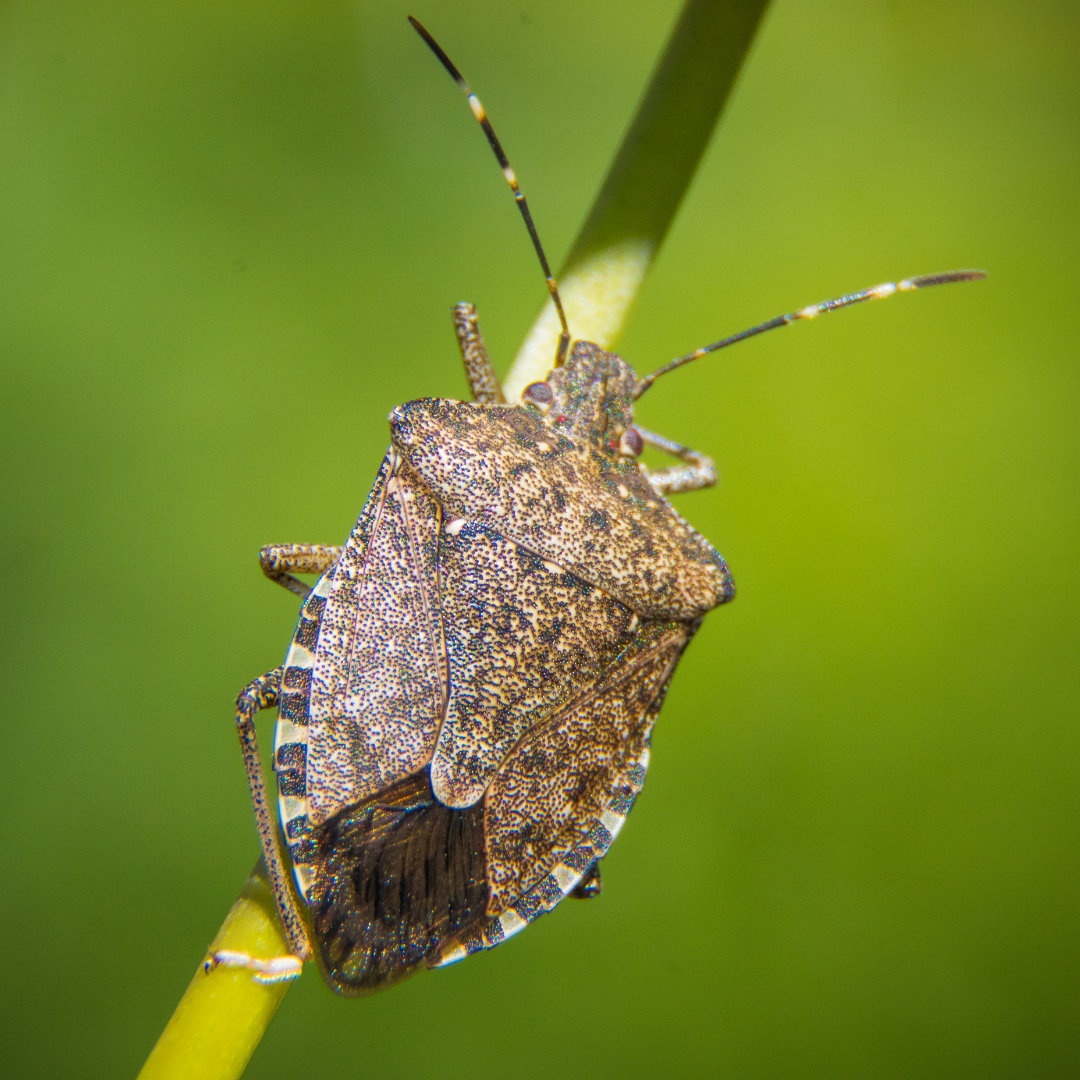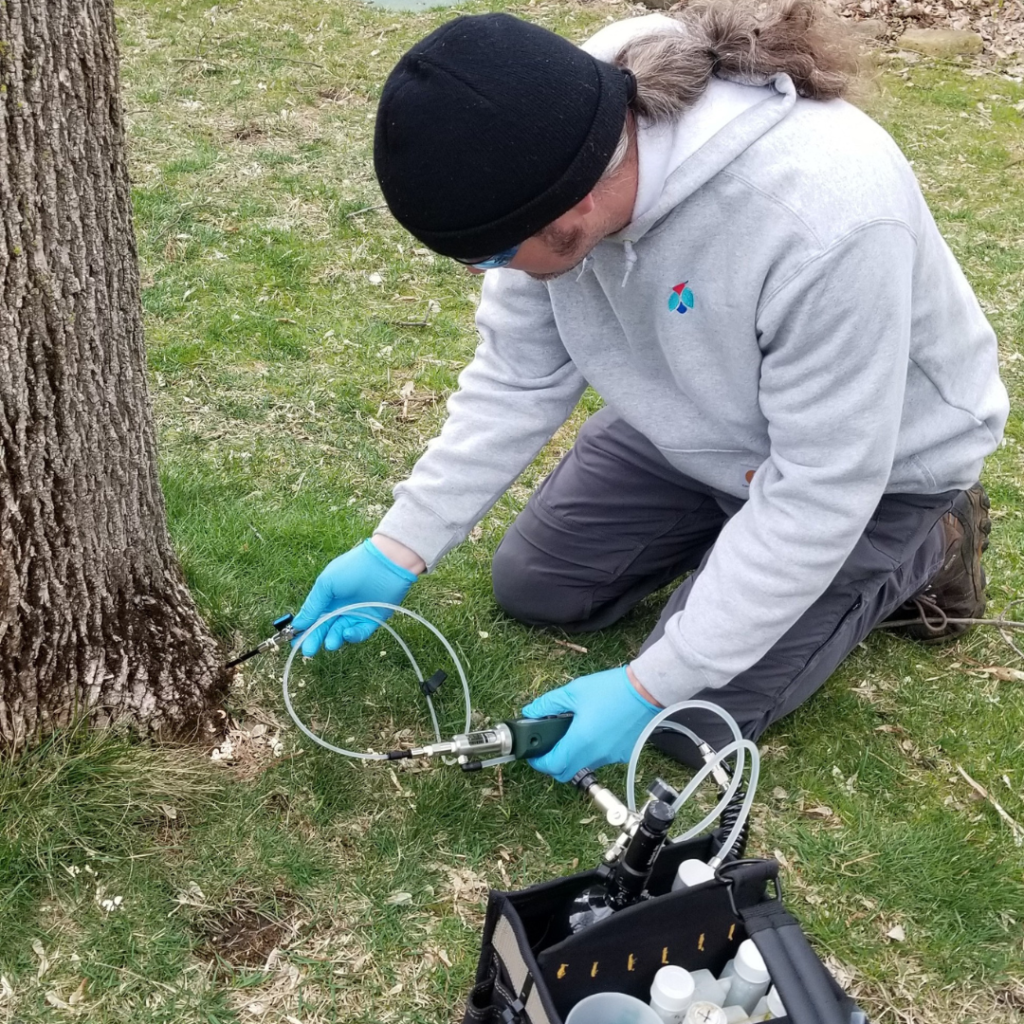Contact BOGO For You Eagan Minnesota Pest Control Needs
Eagan Minnesota has around 1,200 bodies of water and 200 lakes inside Eagan. All these bodies of water attract people and pests of all sizes and ages.
These are the most common pests found in Eagan Minnesota
(Click the name to keep from scrolling)
To protect your home from all these insects and more our Insect Protection Plan or IPP is the best option
If you have any questions or concerns or would like to schedule an appointment call or send us an email
Call Us Today! 952-404-BOGO (2646)
Share This Page!
Ants in Eagan Minnesota
Carpenter Ants
Carpenter ants can be misidentified as termites. Luckily in Minnesota, termites are rare to find this far up north. Termites have rectangular-shaped bodies while carpenter ants’ bodies are uneven. Their antennas are also different. Carpenter ants’ antennas are elbowed while termites have shorter straighter antennas. Termites eat wood and carpenter ants chew through it. Termites take the cellulose and nutrients from wood to survive. Carpenter ants chew small tunnels through wood. The wood they chew is water damaged or rotting. A carpenter ant’s nest inside will take a long time to create structural damage. Seeing carpenter ants inside usually means that there is a water problem in the home. A leak from a pipe will most likely cause more structural damage than a carpenter ant nest.
Pavement Ants
Pavement ants are smaller than carpenter ants and have clubbed antennas. Their colors vary between brown or brownish-black instead of all-black like a carpenter ant. They are very common to find inside homes in Minnesota. When they are found foraging inside many times they are foraging in single file lines known as ant trails. These ant trails lead to a food or water source and usually to an entry point into the room or outside. They will build nests under heated floors, cement slabs, insulated foundations, and under home appliances. When they are outside they build nests under sidewalks, driveways, and pavers. Their diets consist of a variety of foods that are protein-rich or rich in sugar. An example of some of the foods they like includes; dog food, seeds, nectar, insects, plants and fruit juices, etc.
Ant Service
Our ant service is based on the science behind ant behavior. Ants live in colonies that could have between 1,000-10,000 ants. Out of all the ants in a colony, only 10% of them leave the nest to forage for food. These are the ants that people see inside their homes. Our products are designed to keep these ants alive even after the product gets on them. They stay alive long enough to carry it back to the nest and spread it across the rest of the colony. Over-the-counter ant-killer products kill the ants on contact. This means they will only kill 10% of the ant colony. The rest of the colony will continue reproducing and making more workers then send out more foragers to offset the ones that didn’t come back.
Click below to learn about our ant services
To learn more about ants visit our ant identification page
Mice in Eagan Minnesota
Behavior
Mice in summer and spring spend a lot of time outside. They spend all their time searching for food and breeding. Mice don’t have a breeding season and will have multiple litters in a year. Some mice will have up to 10 litters in one year. When they are outside they feel more protected off the ground so they usually nest in trees or firewood piles. When the temperatures start to drop they start moving inside buildings and homes. Once inside they use insulation to build nests and tunnels. They don’t hibernate and by staying protected from the cold temperatures they will continue breeding.
Mouse Service
Our mouse service is BOGO’s signature service that we provide. It’s been proven to be very successful for thousands of customers. Our service starts with a thorough inspection of the property. During the inspection, our techs take pictures of entry points and evidence of mice on the exterior of the home. They then explain with 100% honesty the severity of the mouse problem. Whether it’s a simple fix or a job that is impossible for us to solve. Our techs will tell the customer what it will take to make their home mouse-proof. After the inspection, the customer decides whether they want us to come back. During the second service, the focus is to mouse-proof the home. We use materials that most other pest control companies do not. We make sure that none of the holes we seal a mouse can chew through by always backing up our seals with two or more layers.
Click below to learn more about our signature mouse service
To learn more about mice visit our mouse identification page
Wasps in Eagan Minnesota
Paper Wasps
Paper wasps measure around 0.75-1.0 inches in length. They have bright orange antennas and have more black on them than yellow jackets. Each spring they build flat papery nests from scratch. Their unique nests are the reason for their nickname the umbrella wasp. The nests also have hexagonal cells that are visible from the outside. In other wasp nests, the cells are built inside another outer layer. The cells are where the larvae and pupa live before turning into workers. By the end of the summer, a paper wasp nest can have between 30-70 workers.
Yellow Jackets
Yellow jackets measure between 3/8-5/8 inches long. They have more yellow on them than paper wasps and have black antennas. Each spring the queen wakes up from hibernation and builds a new nest from scratch. Yellow jackets build their nests in various locations. Some of their nests are aerial nests hanging from trees, homes, or buildings. They also sometimes use old underground rodent tunnels, cracks inside of the foundation, and various vents as places to build nests. Yellow jackets can move into any area as long as it keeps their larva and pupa dry. By the end of the summer, their nest can have between 1000-4000 workers.
Baldfaced Hornet
Baldfaced hornets measure to be 0.75 inches in length. While most other wasps are yellow. Baldfaced hornets get their name from their whiteheads. They only build aerial nests. Their nests are tear-dropped shaped where the top of the nest is wider at the top and narrows at the bottom where the entrance is. Each nest is built from scratch at least 3 feet off the ground every spring. By the end of the summer, their nest can have between 400-700 workers.
Wasp Service
Our wasp services combat active wasp nests and prevent wasp nests from getting built on a home. The service for eradicating active nests is effective towards hidden nests. These are hidden inside an outer layer that is man-made or made by wasps. These nests are hard to predict how many worker wasps are living inside. Out of the wasps living inside only a small percentage leave the nest to forage for food and nesting material. The product we use doesn’t kill the wasps right away and allows the wasps that leave the nests to bring it back to spread to wasps inside. The service to prevent wasp nests from getting built uses a product that sticks to the home and kills the wasps 30-45 minutes after they touch it.
Click below to learn about our wasp services
To learn more about wasps and bees visit our identification page
Spiders in Eagan Minnesota
Spider Behavior
Spiders in Minnesota behave based on the temperatures. In the winter, spiders produce an anti-freeze solution that allows them to combat cold temperatures. With this evolutionary phenomenon, many spiders in Minnesota can survive in the winter. If they don’t survive they lay egg sacs in the fall that keep their offspring warm in the winter then hatch in the spring. Spiders can be split up into two groups. Web-building spiders and hunting spiders. Common web-building spiders in Minnesota are the cellar spider and common house spider. Common hunting spiders include the wolf spider and sac spider.
Spider Habitat
Spiders survive by feeding on insects. Because insects make up their entire diet they will live in habitats where insects are abundant. These habitats are usually near bodies of water, wooded habitats, and gardens or crop fields. Spiders feed on insects that damage crops and spread diseases to plants and animals. In Minnesota, most of their diet consists of eating mosquitos, flies, ticks, and moths.
Spider Service
Our spider service is very thorough. Depending on where the home is located one single service won’t keep the spiders off of the home for the summer. If a home is close to a body of water or wooded habitat it will have significantly more spiders than other homes. Each female spider lays egg sacs and one egg sac can hatch out hundreds of baby spiders. This why it’s so important to knock down as many cobwebs as we can but this also means spiders can multiply quickly. Our service uses a product that sticks to the outside of the home. The product stays effective for 2 months. After 2 months spiders can move back into the home without dying.
Click below to learn about our Spider Service
To learn more about spiders read our blog “We Love Living Near Woods and Water and so do Spiders!”
Boxelder Bugs and Stink Bugs in Eagan Minnesota
Boxelder Bugs
Boxelder bugs can be seen in large swarms landing on the south side of homes and buildings. These swarms start appearing when temperatures start dropping. The drop in temperatures triggers the bugs to start searching for places to overwinter. They enter homes through cracks around windows, foundations, siding, and weather stripping. Once inside the home, they won’t breed or lay eggs. They stay in a frozen state except during sunny days in the winter. The sun can warm them up through the windows and walls to wake them up and move around. In the spring and summer, they mate and lay their eggs in the branches, trunks, and leaves of female boxelder trees. These trees also produce helicopter seeds that they feed on.
Stink Bugs
Stink bugs are found swarming on homes and buildings during the fall in Minnesota. They often get inside homes through vents, soffits, chimneys, and metal chimney flues. When they get inside most stink bugs stay in a frozen dormant state inside the walls and attic of the home. If a stink bug is seen roaming around inside they aren’t mating or laying eggs. They start mating in the spring and lay their eggs on the leaves of plants. Their favorite plants to live close to include; sweet corn, apples, grapes, and tomatoes. Stink bugs have been noted to damage these crops during the summer.
Boxelder and Stink Bug Service
The service starts in the fall when both bugs start searching for homes and buildings to overwinter inside. We treat the exterior of the home with a product that sticks to the surface and stays effective for 2 months. When it’s effective it kills any insects that land on the home after 30-45 minutes. When we apply the product to the home we attempt to cover as much of the home as we can. Both bugs fly and enter homes at various entry points. The service is also more effective if it is applied before the bugs are seen in the home. Once the swarms are on the home there is most likely a population inside already.
Click below to learn more about our boxelder/stink bug service
To learn more about boxelder bugs and stink bugs read our blog “Minnesota Fall Pests.”
Ash Tree Service in Eagan Minnesota
Benefits of Treating Your Ash Trees
The emerald ash borer is infecting thousands of ash trees in Eagan Minnesota. But not all infected trees need to be cut down right away. There are plenty of benefits to keeping your ash trees alive instead of cutting them down. One main reason is that trees take a long time to grow. A well-established tree that is 20- 100 years old is unreplaceable. These well-established trees absorb 1000s of pounds of carbon dioxide from the atmosphere each year. They also provide health benefits such as; lower blood pressure, stress relief, and even improve people’s moods by looking at them.
Ash Tree Service
The ash trees we service receive the effective treatment called pneumatic micro-injections. After testing out different variations of ash tree treatments the pneumatic micro-injection treatment is proven to be the most effective. The service is effective because each injection is done individually. By doing it individually we can make sure each injection point receives the same amount of product. It also makes it possible for us to visually see the product taken up to the tree.
For more information about the emerald ash borer in Eagan Minnesota
Learn more about the benefits of treating your ash trees and about the emerald ash borer
To protect your home from all these insects and more our Insect Protection Plan or IPP is the most effective option
BOGO Provides Pest Control Services For the Twin Cities and Beyond! Just a Few Cities We Service For Include
Anoka|Apple Valley|Bloomington|Burnsville|Coon Rapids|Champlin|Chanhassen|Deephaven| Delano|Eagan|Eden Prairie|Edina|Elk River|Excelsior|Golden Valley|Independence|Lino Lakes|Long Lake|Maple Grove|Maple Plain|Medina|Minneapolis| Minnetonka|Minnetrista|Mound|New Brighton|North Oaks|Orono|Prior Lake|Plymouth|Ramsey|Rogers|Shoreview| Shorewood|Stillwater|St. Louis Park|St. Paul|Victoria|White Bear Lake| Wayzata|Woodbury|
(Click on the cities to learn about what pests to watch out for in your area)
If you have any questions or concerns or would like to schedule an appointment call or send us an email
Call Us Today! 952-404-BOGO (2646)



